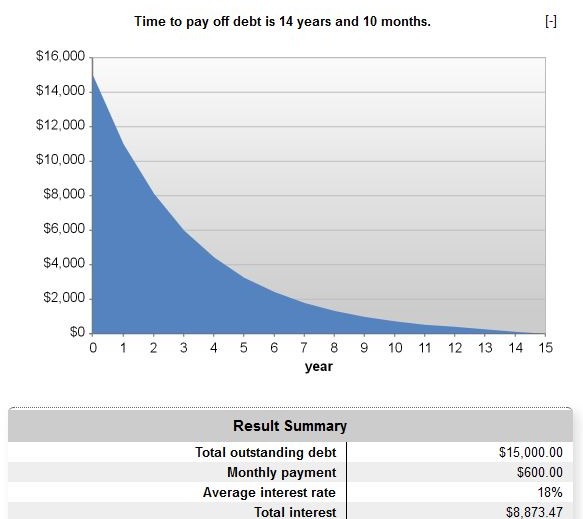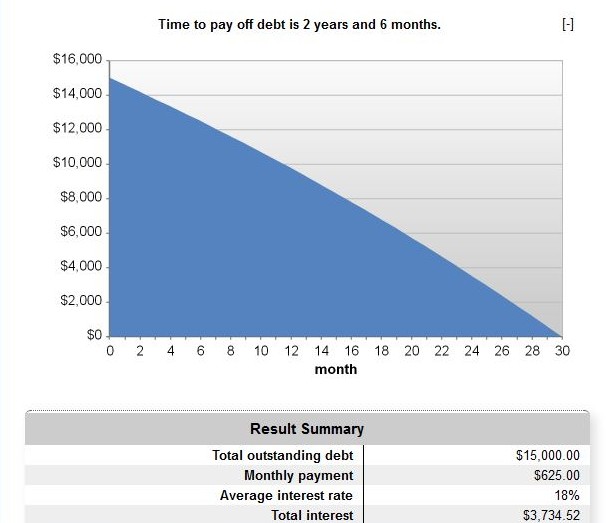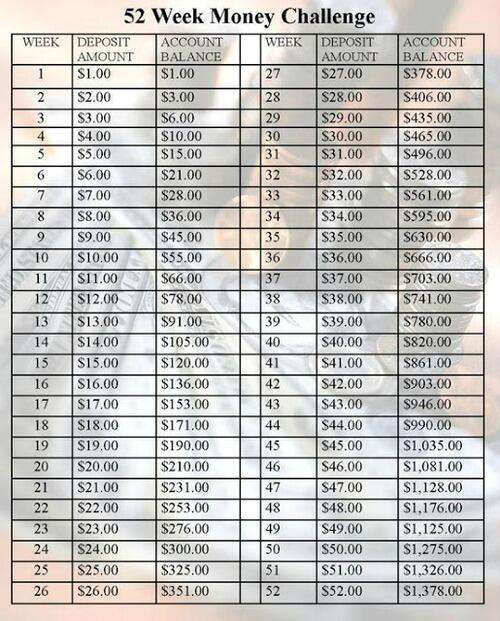 It’s a scary time out there, and we’re not talking about Halloween.
It’s a scary time out there, and we’re not talking about Halloween.
Between Target, Goodwill Industries and Home Depot (and those are just in the last 8 months) the grim reaper is not after your physical life, but your online life. Those three retailers plus countless others have fallen victim to wide-spread data breaches, affecting thousands or even millions of consumer information.
So what in the heck is a mere mortal to do?
Here’s a few things to get you through a data breach nightmare, courtesy of the Better Business Bureau:
It’s not your fault.
If you used a credit card, you are not responsible for fraudulent charges. So keep calm and carry on…
Monitor.
Check your card account immediately and monitor. And by immediately, we mean online. Right now. Don’t wait for a full moon, or for your paper statement to arrive. If you see charges that you didn’t make, call your credit card issuer pronto! And request a new card.
If your debit card was compromised, review your charges and call your financial institution immediately. Consider getting a new card issued or put a spend freeze on your card. Because debit cards are tied directly to your checking account, the trolls and gremlins can drain your account faster than you can say “hocus pocus.” Be aware that debit cards do not carry the same financial protection as credit cards.
Visit the retailer’s website.
Visit the retailer’s website by typing it into your browser. Most will have information about the breach, and what you can do. Both Target and Home Depot offered free credit monitoring for affected consumers.
Be wary of scammers and phishing attacks.
DO NOT click on links you receive in emails or see on social networks. Many times, hackers not only gather credit card information, but email and home addresses too. So they can send a fake email that looks so much like an authentic big brand retailer, that even you might be tricked. And that’s no treat.
And by all means, don’t fall victim to a phone scam either! These spooky scammers disguise themselves to be from your financial institution and tell you your card has been compromised. Then they conveniently offer to “fix” the problem…after you answer a few personal questions.
Put an alert on your credit report.
Another smart idea is to put an alert on your credit report with the three credit bureaus. This means no one can access your credit report or take out new loans, including you. Be sure and lift the freeze if you need access to your report.
Passwords.
Use strong passwords (we like this infographic) and change your online banking password for sure. Goblins are hiding in the shadows waiting to access your accounts. If your email address was collected, change your email address password too. Better yet, change all the sites which you use your email address to log in. We know…it’s a hair-raising task, and enough to make you want to scream.
Short of using cash only, there’s no magic wand spell that can ensure your data is safe. Taking these precautions can keep you your money from getting lost in the dark or worse yet, vanishing into thin air.











